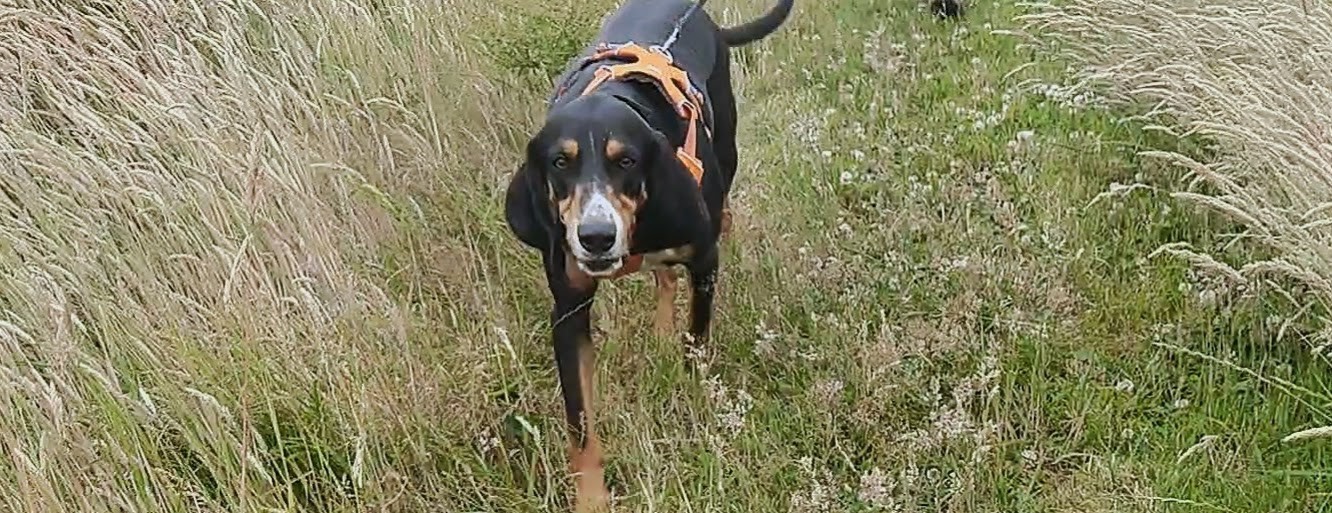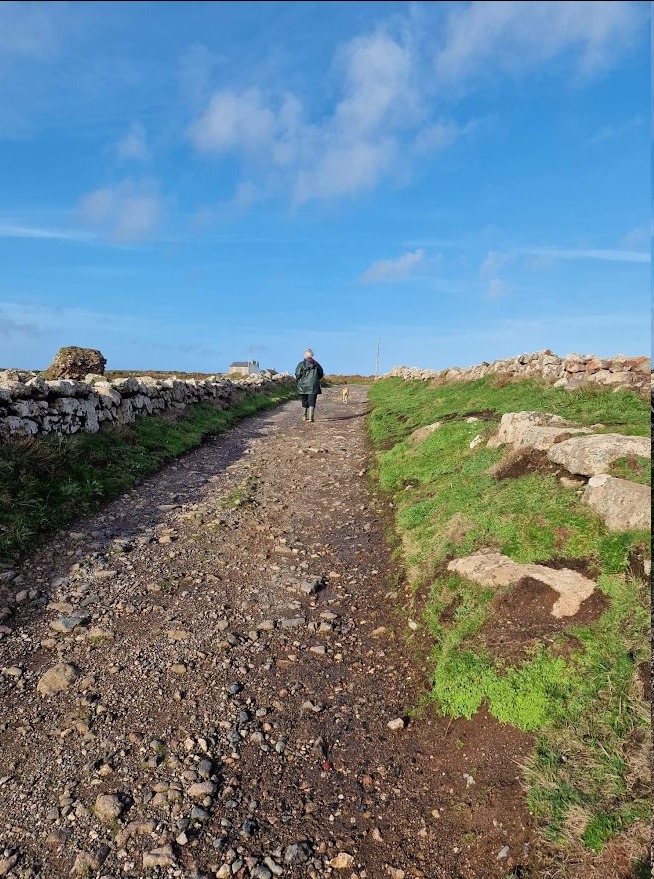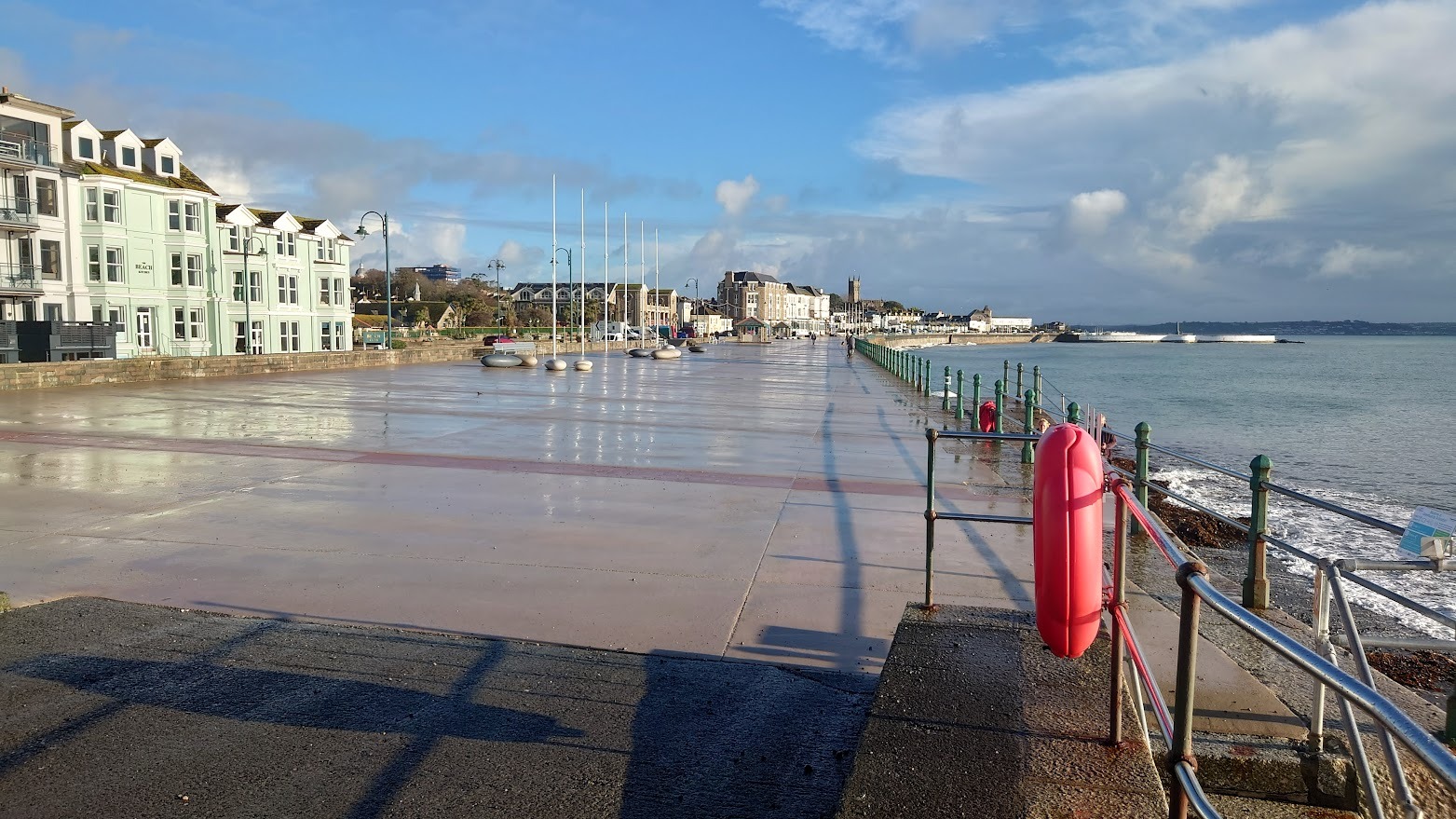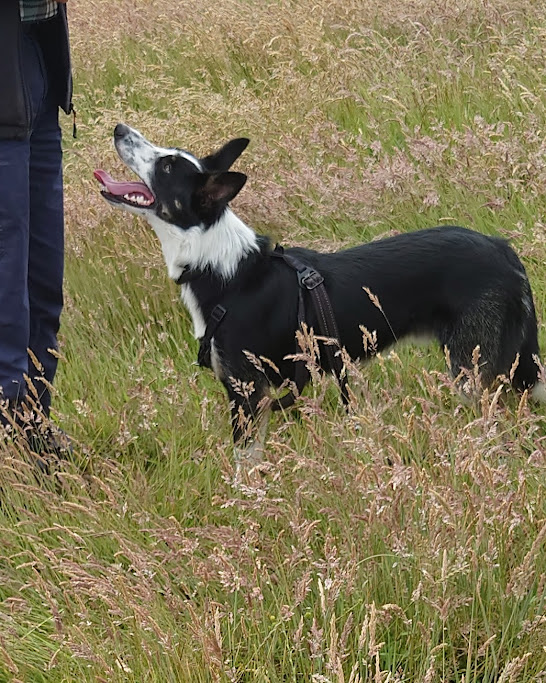Forward planning
By looking further ahead, we give ourselves more time to find solutions to any impending situations that we might encounter. A situation that we have no solution to has the potential to turn into a problem for ourselves and our dog.
When you first start thinking about forward planning, one of the best ways to assess is to give yourself a running commentary of what is developing in front of you. Often I will do this when out with clients and ask them to do the same.
This commentary should include as much detail as possible, such as changes in the road or path, widths, entrances, street furniture, as well as other people and dogs in the vicinity.
This commentary should happen at normal conversation speed.
If we can manage this, then we are travelling at a speed consistent with the conditions and our own abilities. However, if we find that our commentary is hurried or confused, then we may need to increase the distance of our point of observation, or alternatively reduce our speed.




